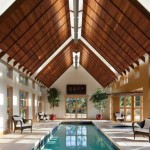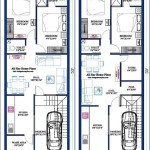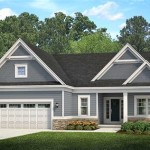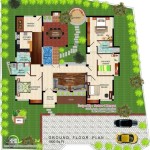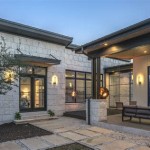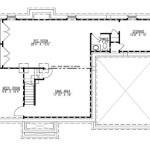Sears and Roebuck House Plans: A Glimpse into Architectural History
In the early 20th century, Sears and Roebuck, a renowned department store chain, introduced a groundbreaking concept that revolutionized homeownership: house plans. These mail-order plans offered a convenient and affordable means for aspiring homeowners to build their dream homes. The Sears and Roebuck house plans played a significant role in shaping the architectural landscape of America and left an indelible mark on home design.
Origins and Evolution
In 1908, Sears and Roebuck launched its first mail-order catalog featuring a modest selection of house plans. The plans were designed by in-house architects and offered a wide range of styles, from Victorian cottages to Craftsman bungalows. As the demand grew, the company expanded its offerings to include more elaborate designs, complete with detailed instructions and materials lists.
Sears and Roebuck's house plans were not merely blueprints. They included detailed architectural drawings, materials lists, and estimated costs. The company also offered a wide range of building materials, from lumber to windows and doors, making it easy for homeowners to purchase everything they needed to build their home.
The Kit House Craze
The era of Sears and Roebuck house plans coincided with the rise of the kit house concept. Kit houses were prefabricated homes that were shipped to the construction site in pre-cut pieces. This simplified the building process and further reduced costs. By the 1920s, kit houses had become a popular option for homeowners seeking an affordable and efficient way to build.
Sears and Roebuck played a major role in the kit house craze. In 1916, the company introduced the Aladdin Readi-Cut House, a prefabricated home that could be assembled in as little as two weeks. The Aladdin Readi-Cut House became a huge success and inspired other companies to offer similar products.
Architectural Styles
Sears and Roebuck house plans showcased a diverse range of architectural styles that reflected the popular trends of the time. From the quaint Victorian cottages to the elegant Colonial Revivals, the plans offered something for every taste and budget. The company also introduced innovative designs such as the Craftsman bungalow, which featured natural materials and open floor plans.
The Sears and Roebuck house plans were not only aesthetically pleasing but also practical. They were designed to maximize space and functionality, making them well-suited for families of all sizes. The plans often included features such as built-in storage, fireplaces, and porches.
Legacy and Impact
Sears and Roebuck's house plans continued to be popular throughout the early 20th century. By 1940, the company had sold over 100,000 house plans and kit homes. The Sears and Roebuck house plans had a profound impact on American architecture.
The kit house concept made homeownership more accessible to the average American family. The plans offered a wide range of styles and sizes, allowing homeowners to customize their homes to suit their needs. The Sears and Roebuck house plans also played a role in introducing new architectural styles to different regions of the country.
Preservation and Restoration
Today, Sears and Roebuck house plans and kit homes are highly sought after by homeowners and historic preservationists. The homes are admired for their architectural charm and historical significance. Many Sears and Roebuck homes have been restored to their original splendor, preserving a piece of American architectural history.
Organizations such as the Sears Homes Foundation are dedicated to preserving and restoring Sears and Roebuck homes. The foundation provides resources and support to homeowners who are interested in restoring or maintaining their Sears and Roebuck houses.
Conclusion
Sears and Roebuck house plans were more than just blueprints; they were catalysts for architectural innovation and homeownership. By democratizing access to high-quality house designs, Sears and Roebuck helped to shape the American dream of owning a single-family home. Today, Sears and Roebuck house plans continue to inspire and delight homeowners, reminding us of the enduring power of good design and the importance of preserving our architectural heritage.

1916 Sears Modern Home 264b206 Swiss Chalet Craftsman Style Bungalow Westly House Plans Vintage

The Woodland By Sears Modern Homes 1923 Foursquare Kit House

Pin On Modelismo

Sears Modern Homes House Kits From Catalogs Hooked On Houses

1923 Sears Roebuck Kit House In Venice Asking 2 5 Million Vintage Plans American Style

Sears Homes 1908 1940 Myworldweb

Colonial Revival 1923 Sears Kit House Classic Side Gable With Sun Room

The Sherburne 1923 Sears Roebuck Modern Homes Popular For Many Years Provide Craftsman Style Bungalow House Plans

1936 Dayton Kit Home Sears Roebuck 20th Century American Residential Architecture Vernacular Small House Plan

I Just Ordered A Sears Roebuck Catalog Home Riverside Brookfield Landmark


